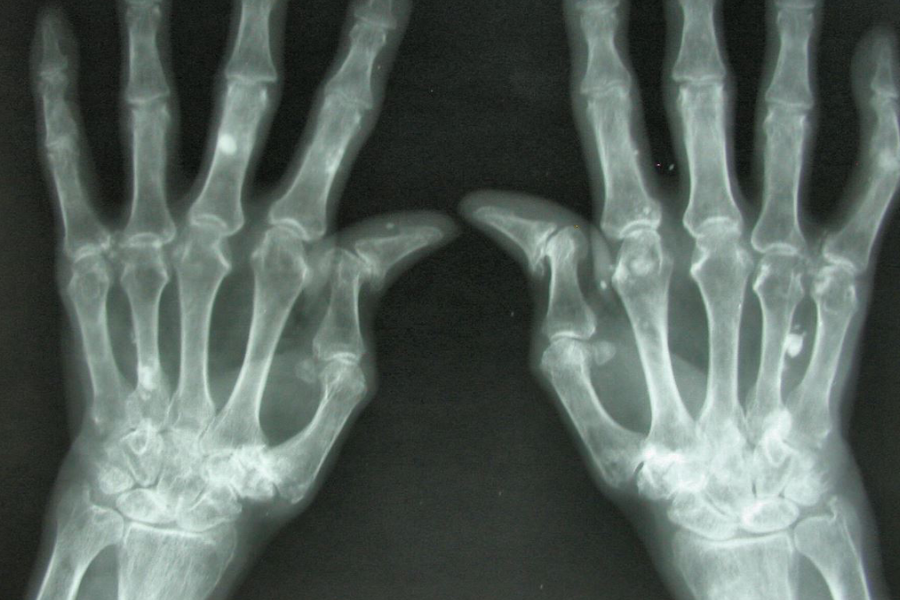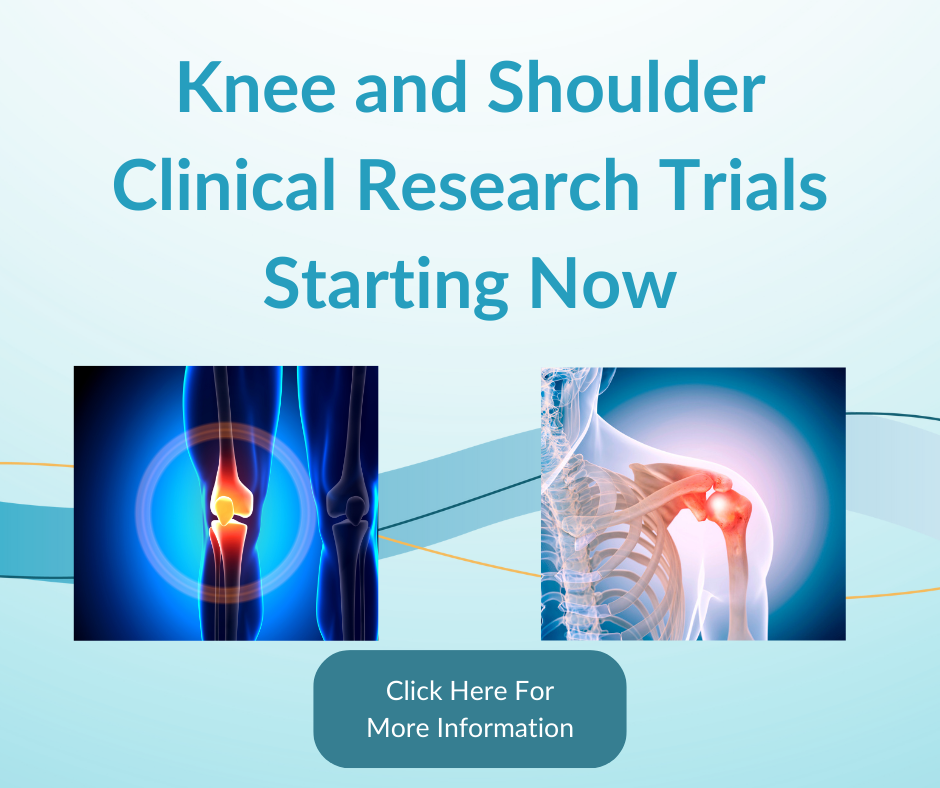Rheumatoid Arthritis: Not just for the elderly
 You’ve probably heard of Rheumatoid Arthritis (RA) but may have the misconception that it predominately affects elderly people or that it is a preventable condition. Sadly, it isn’t preventable and RA most commonly affects those aged 40 to 60 years old.
You’ve probably heard of Rheumatoid Arthritis (RA) but may have the misconception that it predominately affects elderly people or that it is a preventable condition. Sadly, it isn’t preventable and RA most commonly affects those aged 40 to 60 years old.
What is Rheumatoid Arthritis?
Let’s start with the basics. Rheumatoid Arthritis – from the Greek word for ‘watery and inflamed joints’ – is a long-term autoimmune disorder that typically results in a warm, swollen and painful joint – pain and stiffness often worsen following rest. The commonly affected joints are the wrist and hands, with the same joints typically involved on both sides of the body – however, it can affect other parts of the body as well. Results from this swelling may also include a low red blood cell count, inflammation around the lungs and heart, fear and low energy. Symptoms can come gradually, over weeks to months.
How Can Treatment Help?
The goals of treatment are to decrease inflammation, reduce pain and improve a person’s overall quality of life. Balancing rest and exercise, using splints, braces, pain medication and steroids are used frequently to help with symptoms. In certain cases, surgery is an option to replace, repair or fuse joints to help.
How Many People are Impacted by RA?
RA impacts the lives of approximately 24.5 million people as of 2016. In other words, between 0.5% and 1% of adults in the developed world. Onset is most frequently during middle age and women are affected 2.5X more frequently than men.
What Are Risk Factors and Triggers for Rheumatoid Arthritis?
RA is a systemic autoimmune disease; in other words, it affects the whole body. A family history of RA increases the risk around 3 to 5 times. Smoking is an established risk factor for RA in Caucasian populations, increasing the risk three times compared to non-smokers, particularly in men or heavy smokers. Modest alcohol consumption may be protective.
How is Rheumatoid Arthritis Diagnosed?
X-rays of the feet and hands are usually performed when many joints are affected. In RA, there may be no changes in the initial stages of the disease or the x-ray may show soft tissue swelling and a smaller than normal joint space. As the disease advances, there may be bone erosion and subluxation. Other medical imaging techniques such as magnetic resonance imaging (MR) and ultrasound are used in RA.
A rheumatoid factor test is often a major step in the diagnosis journey. This is a test for an antibody detectable in the blood of approximately 80% of adults with rheumatoid arthritis. However, testing positive or negative for the antibody is not necessarily proof of contracting this disease – there can be both false positives or negatives.
Is There a Cure for Rheumatoid Arthritis?
Unfortunately, there is no cure for RA; but there are treatments that can make the symptoms manageable and slow the progress of the disease. Treatment has the best results when started early, and aggressively prescribed. The goals of treatment are to minimize pain and swelling, to prevent bone deformity (for example, the bone erosions visible in x-rays) and to maintain day-to-day functioning. Regular exercise is recommended as both safe and useful in managing muscle strength and maintaining overall physical function.
What Are Surgical Options For Rheumatoid Arthritis?
For affected fingers, hands and wrists, surgery may be needed to prevent pain or tendon rupture when drug treatment and other methods have failed. Severely affected joints may require joint replacement surgery, such as knee replacement. Post-surgery and physiotherapy is always necessary to obtain the maximum benefit.





